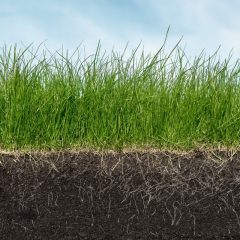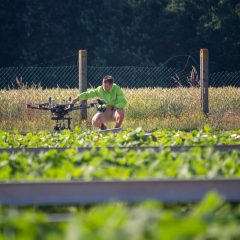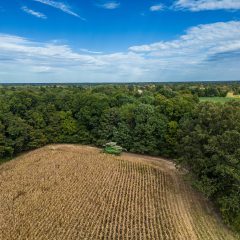Research project Impact of groundwater levels on agricultural land in Flanders

General introduction
Suppose that we raise the groundwater levels in certain places, thus increasing the soil moisture content. What impact would that presumably have on the yield of common agricultural crops in Flanders? The PEILIMPACT project answered part of these questions. In order to mitigate the effects of climate change, the Flemish coalition agreement 2019-2024 strongly emphasizes increased resilience to drought, including through the active deployment of a resilient space with (additional) nature. Agricultural activities can experience positive effects through the water being buffered in the landscape. Yet, there are also possible negative effects: if the water level is too high, this could compromise the ability to work the land, could negative affect crop growth as well as the availability and leaching of nutrients to surface and groundwater and could increase disease pressure on crops.
Research approach
Through targeted dialogue moments with individual farmers from different agricultural regions in Flanders, we obtained experiential knowledge about the effect of too high or too low groundwater levels on certain crops. We detected possible obstacles to their agricultural activity and important effects on yield, both positive and negative, and their causes. The model is able to calculate water levels that are 'sufficiently favorable' for agriculture given a number of parameters. Simple guide values are too generalistic, because the water levels acceptable for agriculture depend on the type of soil, the crop and the depth of the roots, the time of year, and so on. To determine feasible water level increases for a specific situation, we therefore conducted model calculations for a range of different weather scenarios and for the crops grown in a specific location.
Relevance/Valorization
The evaluation framework for the impact of groundwater level increases can be used to calculate the effect of water management decisions and to link these to compensation for affected landowners as well as to discuss sustainable solutions with farmers and nature managers. The framework can also assist farmers in crop selection etc. on a particular field with its specific soil and meteorological context. The report can be found via a search for "peilimpact" (ilvo_plant-peilimpact.curve.space).








